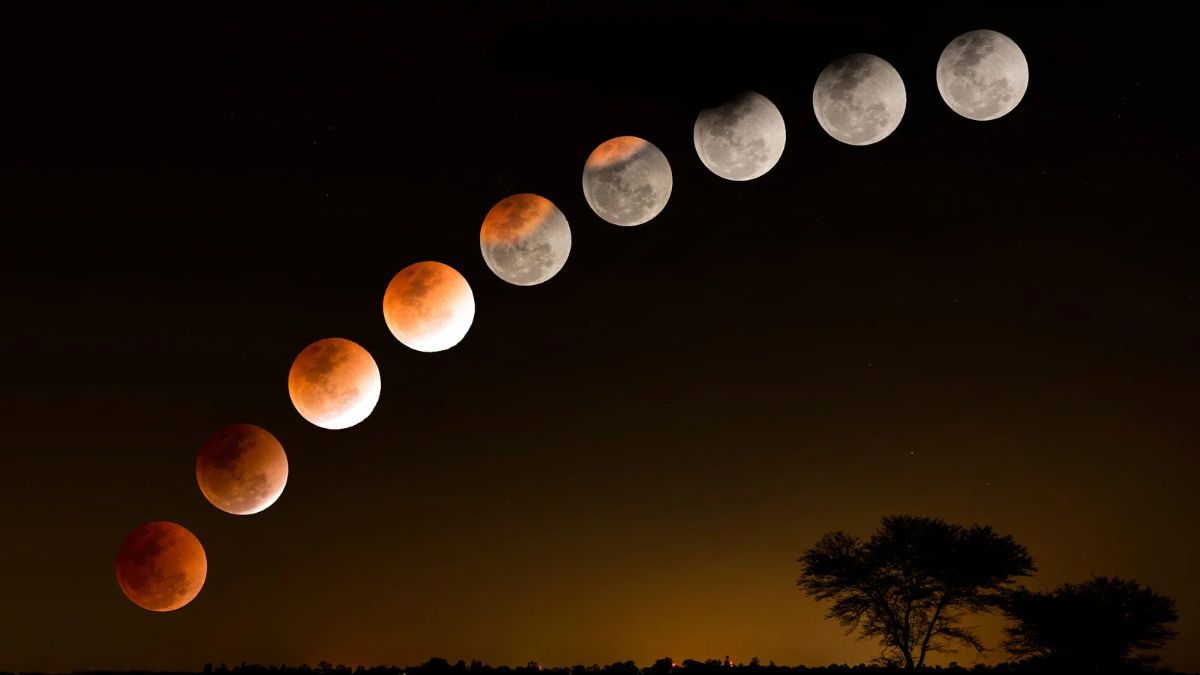Besides being citizens of our respective countries, we are a part of the solar system. It consists of planets and other celestial bodies revolving around each other. This gives rise to several astronomical events, and one of them is the eclipse. After experiencing a rare hybrid eclipse on April 20th, we will be experiencing a lunar eclipse on May 5, 2023! But unlike the former, this one will be visible to a larger part of the world.
Get Ready For Lunar Eclipse On May 5 2023!
A lunar eclipse occurs when the Moon moves through the Earth’s shadow and darkens as a result. At the full moon phase, when the Moon’s orbital plane is closest to the Earth’s orbital plane, this alignment takes place during an eclipse season that lasts about six months.
On May 5, a lunar eclipse will take place and will be visible to a larger part of the world. They include Antarctica, Russia, Asia, Africa and Oceania according to reports. The penumbral lunar eclipse will be visible from New Delhi in the southeastern region of the sky. It will be visible at a height of roughly 40 degrees above the horizon during the period of the greatest eclipse.
Also Read: Lunar Eclipse 2022: All You Need To Know About Blood Moon
When the Moon passes in front of the Earth’s shadow on May 6, the eclipse will be visible between 8.45 PM IST on March 5 and 1.02 AM IST on that day.
Penumbral Lunar Eclipse
When the Moon passes only into Earth’s penumbra a penumbral lunar eclipse occurs. Only after roughly 70% of the Moon’s diameter has entered Earth’s penumbra can the modest dimming of the lunar surface, which is brought about by the penumbra, be seen with the naked eye.
However, when the Moon lies exclusively within Earth’s penumbra, a special type of penumbral eclipse is called a total penumbral lunar eclipse. This astronomical event is a rare one and during this, the Moon portion closest to the umbra may appear slightly darker.
Other than that, there are total lunar eclipses, partial lunar eclipses, central lunar eclipses and selenelion. And each differs from the other on the basis of the Moon’s positioning.
Also Read: Stargazers Head Out To Catch A Glimpse Of The Blood Moon Lunar Eclipse On Tuesday
But, unlike a solar eclipse, it is safe to gaze at the lunar eclipse directly. In fact, you can use an astronomical telescope to watch it!
Cover Image Courtesy: Canva

